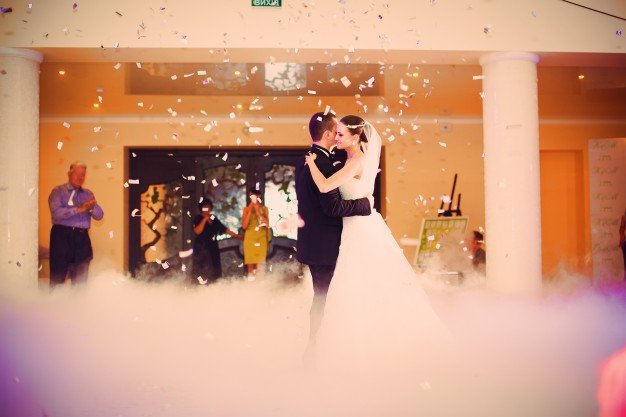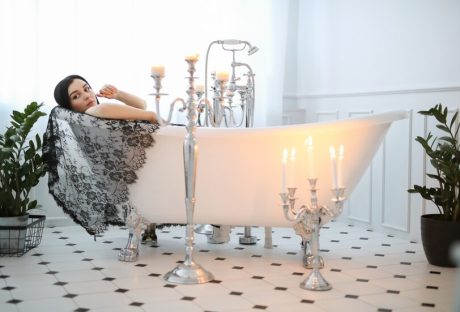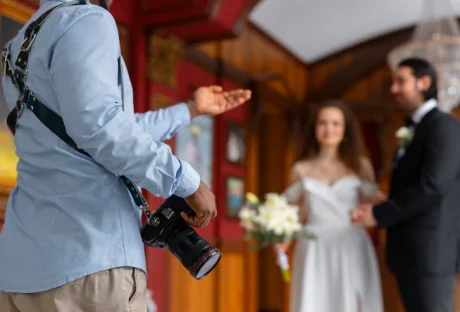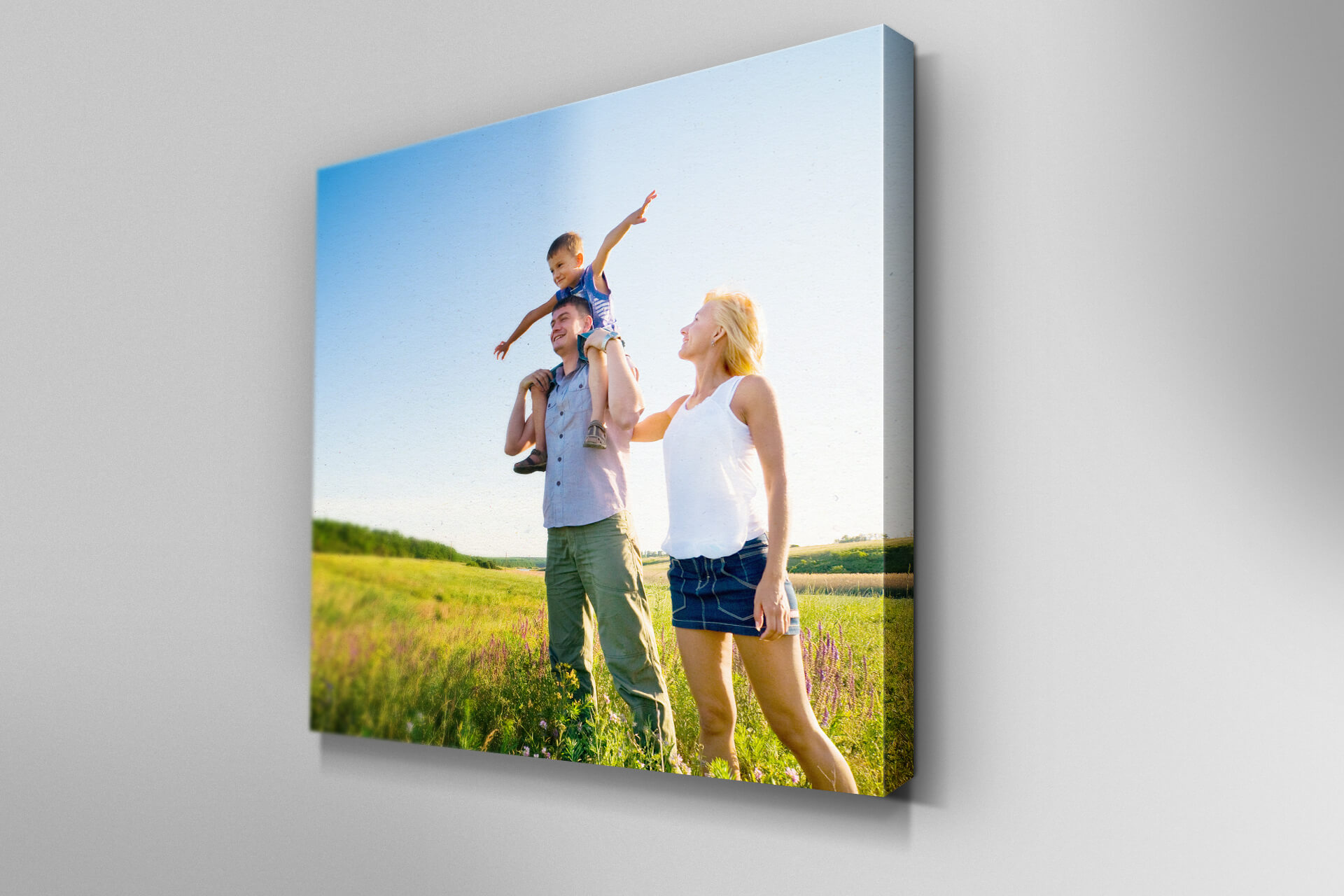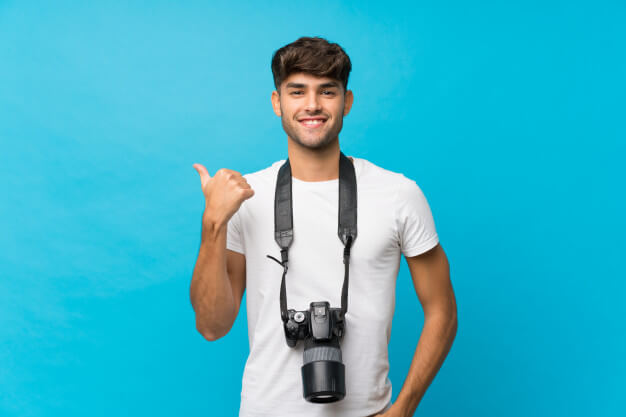Wedding photos are an absolute must, and you want yours to be completely unique. Try one of these strategies for a photo set unlike any other.
10 Smart Strategies for Unique Wedding Photos:
Here are the 10 smart methods listed for unique wedding photography.
1. Try Aerial Vantage Points:
Overhead shots aren’t always easy to accomplish, but they’re definitely worth the effort. Try an aerial shot of the bride and groom laying in the grass, or climb up on a balcony to catch a group photo from an unusual angle. Both staged and surprise aerial photos will make an excellent addition to the photo set.
2. Shoot a Time Lapse:
A time-lapse style photo is a great way to capture the hustle and bustle of a large event. Set a camera that points at the catering table, dance floor, or even the wedding aisle. Use slow shutter speed to capture the events of a few minutes or even a few hours.
3. Play with Group Layout:
Group shots are essential to a wedding photo collection. Have some fun by arranging the guests in unique ways. You could have them stand in the shape of a heart, play out a mock battle scene, or hold the bride and groom over their heads as if they were crowd surfing. The more guests there are, the more fun the photo will be.
4. Find a Secluded Spot:
A good wedding photographer can capture the most romantic moments. Steal some time at the wedding venue and find a private place for the couple to relax. Doorways, staircases, trees, and other shady spots are perfect for subtle and sentimental photographs. Look for interesting architecture that lends itself to a quiet but charming scene.
5. Use Mirrors for Fun Effects:
When you have access to a tall mirror, people can be in the picture even when they’re on the other side of the room. Play with the mirrors in your location to set up truly unique visual effects. The bride could look into a mirror while her family stands behind her. The groom might see his new wife reflected right beside him. Multiple mirrors could be used to create an infinitely cascading image. Have fun and take advantage of your setting.
6. Make a Wedding Photo Gif:
Wedding photo gifs turn snippets of video into charming animations. Dances, hand-holding, kisses, and hugs can all be captured with these moving moments. If you’re truly in love with one of your wedding gifts, bring the motion into the real world with a few side-by-side photo frames of your favorite stills.
7. Bring Props into the Photo Shoot:
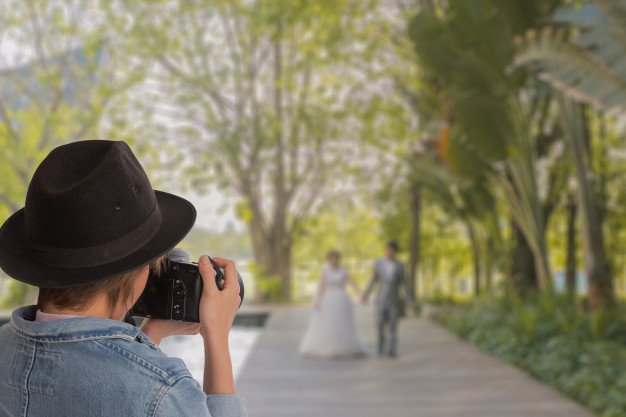
Balloons, flowers, wine glasses, and long veils are all excellent additions to a creative wedding photo set. Experiment with both sentimental items and humorous props. Try asking the bride and groom to hold photos of their parents or of the day they first met. Showcase the bouquet before it gets tossed to the bridesmaids. The choices are endless and can be used to showcase the couple’s unique personality.
8. Take Photos with the Pets:
Whether furry friends are invited to the wedding or need to be left at home, they can still take part in the photo session. The pets will often dictate how these photos are arranged; try to catch the bride holding her cat, a dog running through the wedding venue, or a couple’s smooch being interrupted by excited puppy kisses.
9. Take Close-Up Photos of Wedding Details:
A photo of the cake, the bride’s shoes, or the wedding ring will add flavor and sentimentality to a photo set. The bride and groom spend a lot of time planning the details of the event; catch a photo so that they never forget the magic.
10. Play with Lights:
Some venues feature elegant chandeliers; others take advantage of large windows to provide natural light. Use these areas to set up interesting and atmospheric shots. Play with exposure time, focus, and lens flare. These photos work particularly well if the bride’s dress has reflective or sparkling elements.
The most unique wedding photo sets are inspired by the bride and groom. Talk to your wedding photographer about your favorite ideas. The professionals at Byron Bay Wedding Photographers will be happy to help you turn your dream photos into reality.
Read Also:













